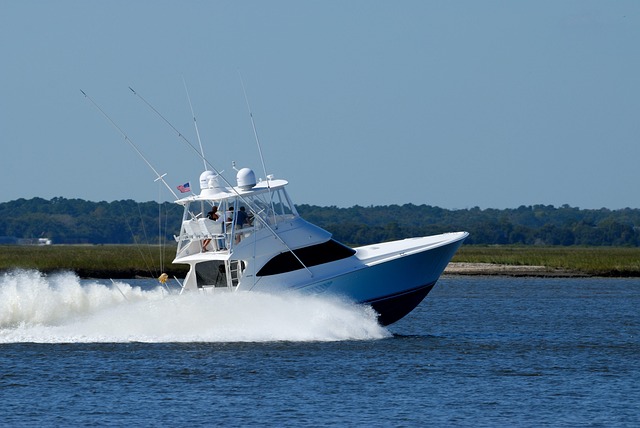
10 Must-Know Tips for a Successful Fishing Charter Adventure in Tillamook, Oregon
10 Must-Know Tips for a Successful Fishing Charter Adventure in Tillamook, Oregon
Fishing charters in Tillamook, Oregon, offer an exhilarating way to experience some of the Pacific Northwest’s finest fishing opportunities. Known for its bountiful waters teeming with salmon, halibut, and lingcod, Tillamook attracts fishing enthusiasts from all over. Whether you’re a seasoned angler or a first-timer, preparation is key to ensuring a memorable outing. To help you make the most of your adventure, we’ve compiled 10 essential tips for a successful fishing charter in Tillamook.
Choose the Right Charter for Your Goals
Selecting the right fishing charter is the cornerstone of a successful outing. Not all charters are created equal, and they often cater to different fishing styles, species, and experience levels. Research local charters, read reviews, and communicate directly with captains to ensure their expertise aligns with your goals. For example, if you’re eager to catch Chinook salmon, look for charters specializing in salmon fishing during the peak season. Additionally, ensure the charter’s schedule and duration match your availability and skill level, as this can significantly impact your overall experience.

Time Your Trip Wisely
Fishing success in Tillamook heavily depends on timing. The seasons dictate the availability of different fish species. Spring and fall are prime times for salmon, while summer often brings opportunities for halibut and rockfish. Check local fishing reports and consult with your charter captain to schedule your trip during the best fishing window for your target species. Planning your trip around tide changes can also improve your chances of success, as fish activity often increases during these times.
Dress for the Weather
The Oregon coast is notorious for its unpredictable weather. Dressing in layers is a smart strategy to stay comfortable throughout the day. Waterproof outerwear is a must, as ocean spray and sudden rain can leave you soaked. Don’t forget a hat, gloves, and non-slip footwear to ensure safety and warmth on the boat. Consider bringing a dry bag to protect any electronics or personal items, as the boat’s environment can be damp and salty.
Pack the Essentials
While your charter will typically provide the necessary fishing gear, there are personal items you’ll want to bring. Sunscreen, polarized sunglasses, and a refillable water bottle are vital for staying comfortable under the sun. Snacks or a light meal can keep your energy levels up, especially during longer trips. Be sure to check with your captain beforehand about what is provided and what you should bring. For added comfort, bring a small cushion or seat pad if you’re concerned about spending long hours on hard surfaces.
Learn the Local Fishing Regulations
Fishing in Oregon is regulated to preserve its rich marine ecosystem. Familiarize yourself with local fishing laws, including size and bag limits, and ensure you have the necessary fishing license. Many charters will assist with obtaining a license and ensuring compliance, but it’s good practice to educate yourself beforehand. Understanding these regulations not only helps you avoid penalties but also ensures you contribute to sustainable fishing practices that protect the area’s resources.

Communicate with Your Captain and Crew
The crew’s experience is invaluable, and their guidance can make or break your trip. Don’t hesitate to ask questions about techniques, bait selection, or local fishing conditions. Let them know your goals and experience level so they can tailor their approach to your needs. Open communication fosters a more enjoyable and productive outing. Sharing your expectations and asking for feedback during the trip can enhance your learning experience and improve your chances of success.
Understand the Boat’s Amenities and Rules
Every charter boat is different, so it’s important to familiarize yourself with the vessel’s amenities and rules. Some boats have restrooms, while others may not. Check whether the boat provides coolers for your catch, or if you need to bring your own. Knowing these details in advance can help you prepare and avoid surprises. Additionally, understanding the boat’s safety procedures and protocols is crucial for ensuring a secure and stress-free trip.
Practice Patience and Stay Positive
Fishing is as much about the experience as it is about the catch. Even in a fish-rich area like Tillamook, there are no guarantees of success. Embrace the process, enjoy the stunning coastal scenery, and appreciate the opportunity to learn new techniques. A positive attitude can make all the difference on a slow day. Remember that every trip offers a chance to connect with nature, bond with fellow anglers, and gain valuable insights into the art of fishing.
Respect the Ocean and Wildlife
Tillamook’s waters are home to diverse marine life. Treat the environment with respect by avoiding littering and following sustainable fishing practices. If you catch a fish outside the legal size or species limits, release it carefully to minimize harm. Responsible fishing helps preserve the ecosystem for future generations. Additionally, be mindful of other wildlife, such as birds and seals, and avoid actions that could disrupt their natural behavior.
Celebrate Your Success (or Learn from the Experience)
Whether you reel in a trophy-sized salmon or simply enjoy a day on the water, celebrate your adventure. If you catch fish, many charters offer cleaning and filleting services so you can take your bounty home. If the day didn’t go as planned, consider it a learning experience and an opportunity to hone your skills for next time. Reflect on the techniques you tried, the conditions you faced, and the advice you received to better prepare for future outings.
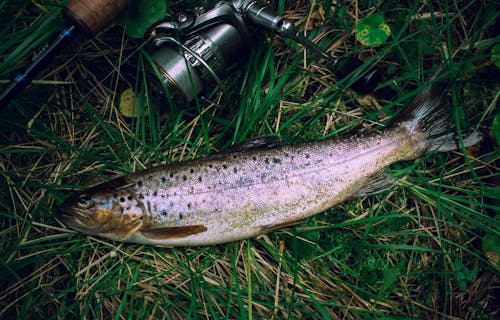
Bonus Tips for a Memorable Charter Experience
Book Early
Fishing charters in Tillamook can fill up quickly, especially during peak seasons. Booking early ensures you secure a spot with your preferred captain and crew. Early planning also gives you more time to prepare, gather necessary gear, and coordinate with other members of your group.
Bring a Camera
Capture the memories of your fishing adventure with a waterproof camera or smartphone in a protective case. The scenic backdrop of Tillamook Bay and the thrill of catching fish make for excellent photo opportunities. Consider taking before-and-after shots of your catch to document the day’s success.
Prepare for Seasickness
If you’re prone to motion sickness, consider taking preventative measures like over-the-counter medication or natural remedies. Staying hydrated and avoiding heavy meals before the trip can also help. Bringing ginger candies or wristbands designed for motion sickness can be an effective way to stay comfortable throughout the trip.
Why Tillamook is a Top Fishing Destination
Tillamook, Oregon, is renowned for its diverse fishing opportunities. Tillamook Bay, known as the “Gateway to Oregon’s North Coast,” offers access to five rivers that feed into the bay, creating prime habitats for salmon and steelhead. Offshore waters provide abundant options for bottom fishing and crabbing. The combination of rich fishing grounds and stunning coastal scenery makes Tillamook a must-visit for anglers. The area’s unique geography and thriving ecosystems ensure that every trip offers a chance to encounter a variety of fish species and marine life.
A fishing charter in Tillamook, Oregon, promises adventure, challenge, and unforgettable memories. By following these 10 must-know tips for a successful fishing charter, you’ll set yourself up for a rewarding experience on the water. From choosing the right charter to respecting the environment, each step plays a crucial role in making your trip both enjoyable and impactful. So gear up, cast your line, and get ready to create lasting memories on the beautiful Oregon coast.
Schedule your Oregon Fishing Charter Today!
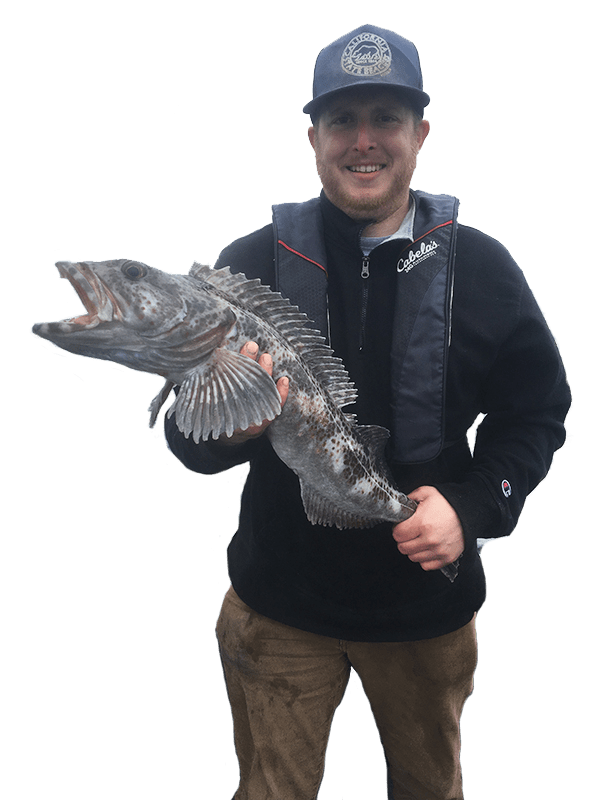

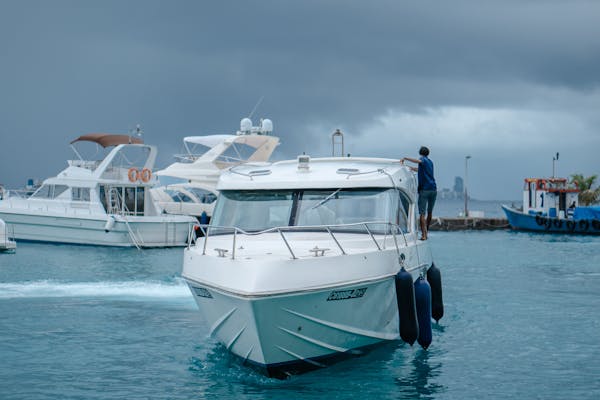



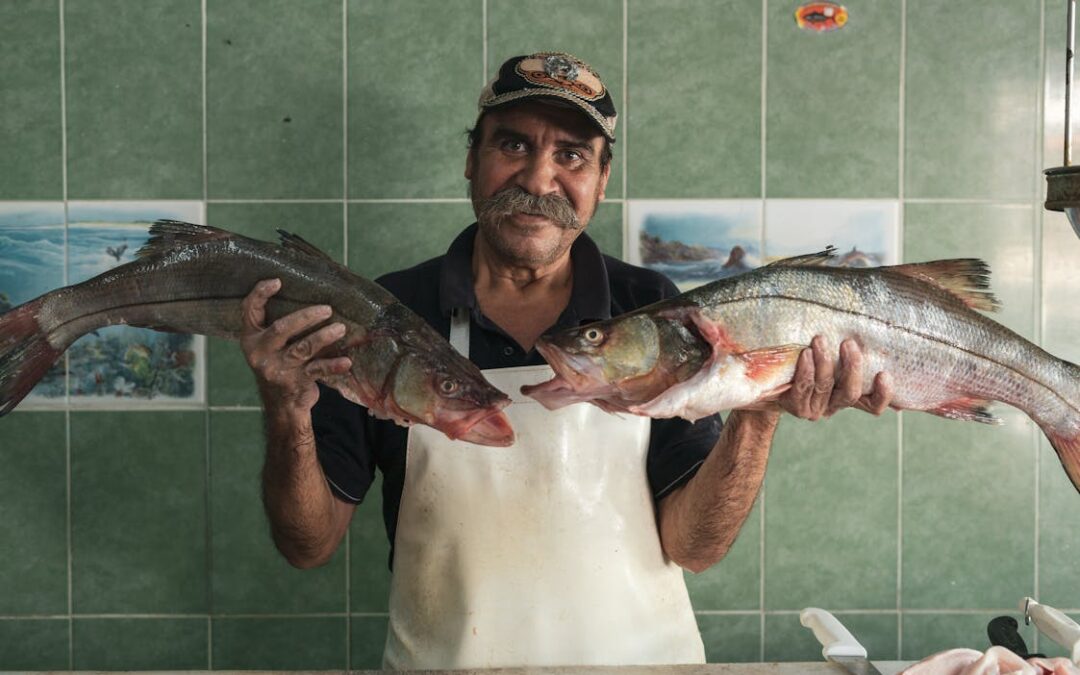



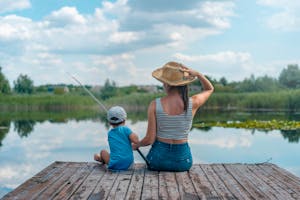
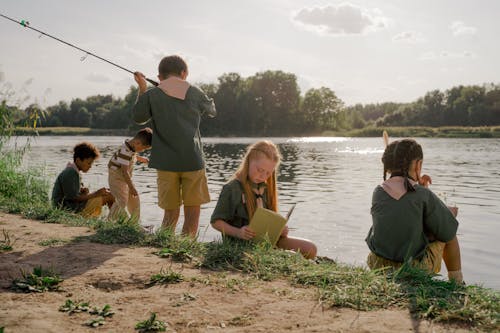


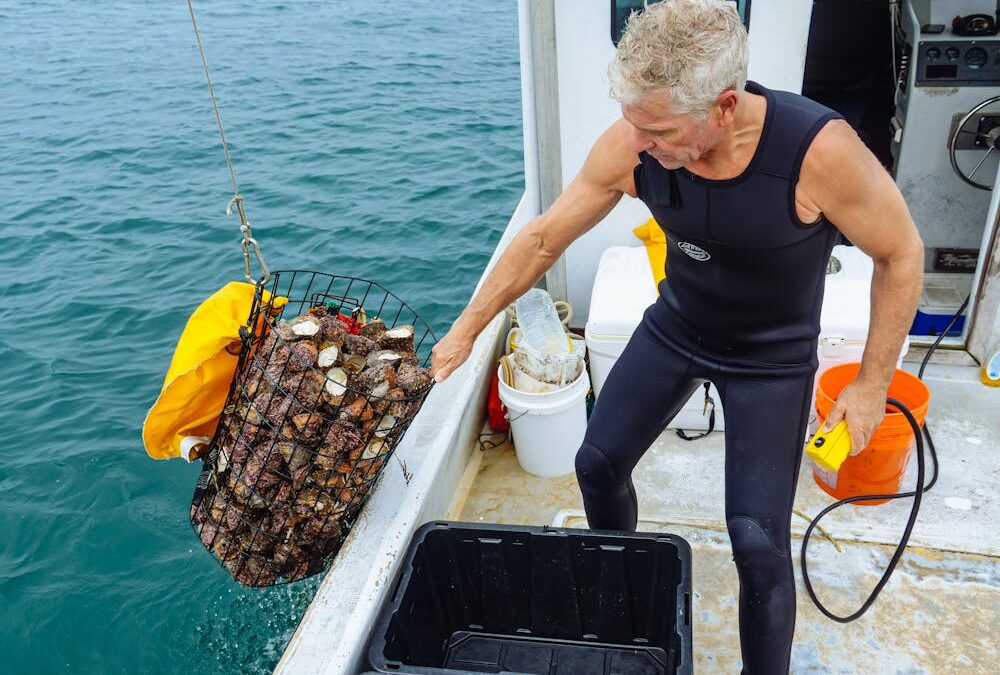



Recent Comments